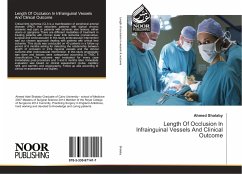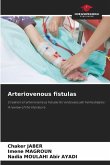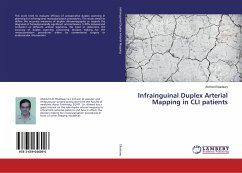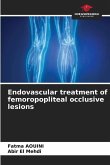Critical limb ischemia (CLI) is a manifestation of peripheral arterial disease (PAD) that describes patients with typical chronic ischemic rest pain or patients with ischemic skin lesions, either ulcers or gangrene There are different modalities of treatment in treating patients with chronic lower limb ischemia (conservative, surgical and endovascular) In this study endovascular intervention was our chosen approach dealing with patients with critical limb ischemia. This study was conducted on 40 patients in a follow up period of 6 months aiming for detecting the relationship between length of occlusion in infra inguinal vessels and the clinical outcome after endovascular intervention. In this study angioplasty was done and lesions were categorized according to TASC II classification. The outcome was evaluated for every case immediately post-procedure and 3 and 6 months later. Immediate evaluation was based on clinical assessment (pulse, capillary refill, and warmth) and angiography. Follow up was according to clinical re-assessment and duplex.
Bitte wählen Sie Ihr Anliegen aus.
Rechnungen
Retourenschein anfordern
Bestellstatus
Storno








